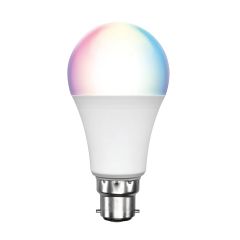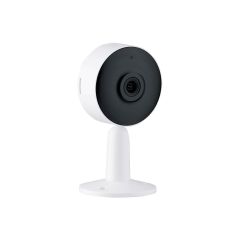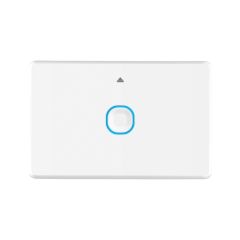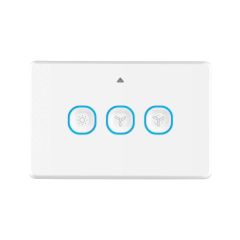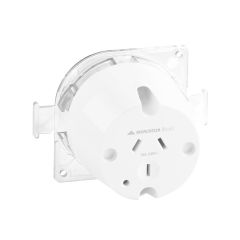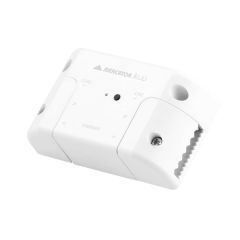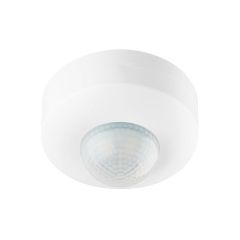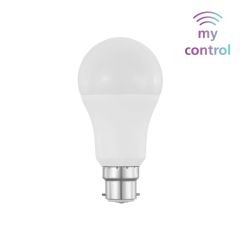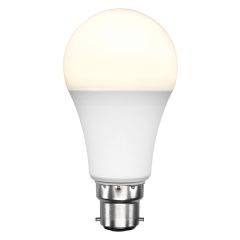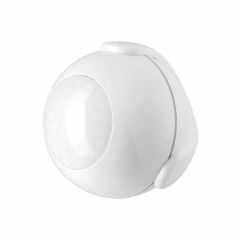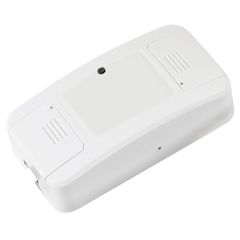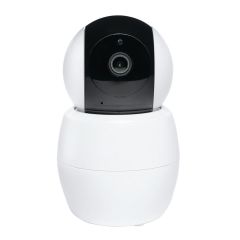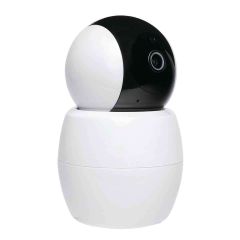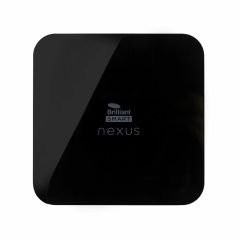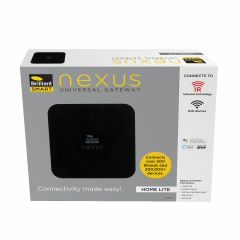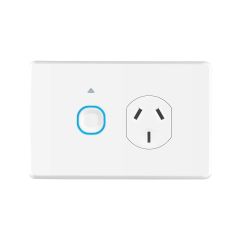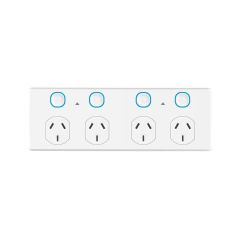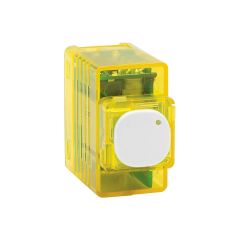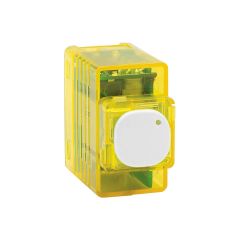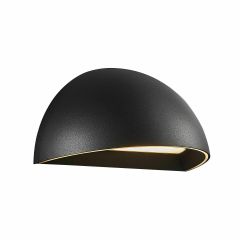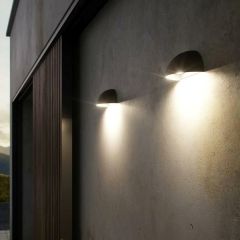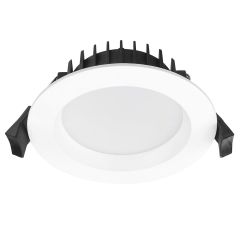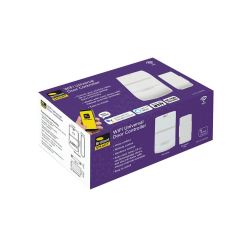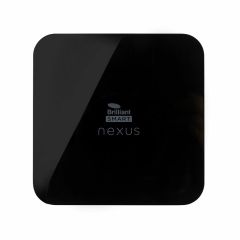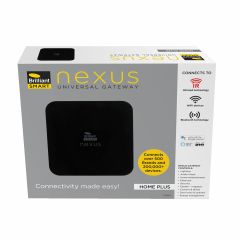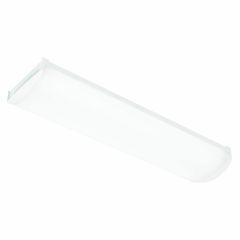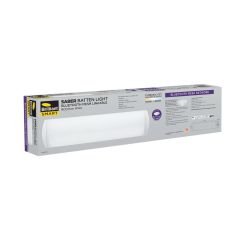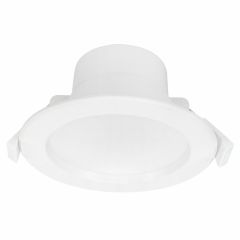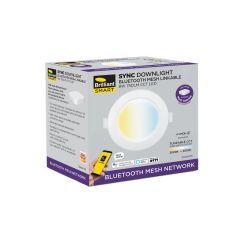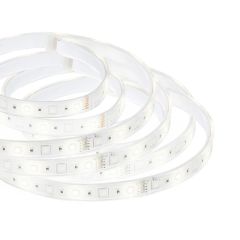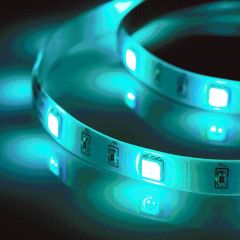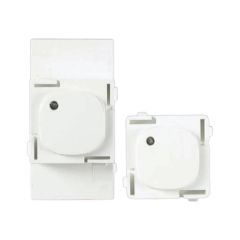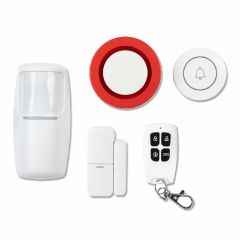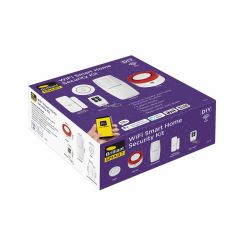1) Selecting a Digital Assistant - Smart devices are designed to simplify our lives, and one of the most convenient ways to centralize control of your smart-home ecosystem is by utilizing a digital assistant like Amazon Echo or Google Home. These voice-activated devices serve as the command center for various smart devices, including smart lighting. By programming them, you can seamlessly communicate with and control a diverse range of smart-lighting features, such as adjusting brightness, dimming, turning lights on or off, all through simple voice commands.
2) Begin with Smart Lightbulbs - If you're looking to explore smart-home options, starting with smart lightbulbs is a simple and accessible entry point. By replacing a traditional lightbulb with a smart bulb like our Brilliant Smart Biorhythm globe, you can easily integrate it into your existing light fixture. Connect the smart bulb to your Wi-Fi network and begin experimenting with controlling the light using the accompanying app. This allows you to experience the convenience and flexibility of features like adjusting brightness without the need for a dimmer switch. By trying out these functionalities, you can then determine if further investment in smart-home options aligns with your preferences and needs.
3) Upgrade to Smart Light Switches - Transforming your entire home into a smart environment can be achieved by switching to smart outlets or switches, like the Mercator Ikku Smart Powerpoint or the Brilliant Smart Gang Wall Switch. With these smart switches installed, you gain the ability to remotely control all your lighting fixtures, including those with regular bulbs. This means you can conveniently control your lights from anywhere using a compatible app, regardless of the type of bulb installed.
Once you've experienced the benefits and convenience of smart switches tailored to your lifestyle, you may want to consider taking it a step further by installing smart light fixtures. These fixtures come equipped with built-in smart technology and can be effortlessly controlled using voice commands or a dedicated app.
By transitioning to smart light switches and fixtures gradually, you can create a comprehensive smart lighting system throughout your home. This empowers you to enjoy the convenience, flexibility, and control that smart technology offers, ultimately enhancing your overall smart-home experience
4) Unleash Your Creativity with Smart Lighting Controls - The possibilities become almost limitless when you synchronize smart lights with other smart devices using free web-based services. Imagine scenarios like automatically turning on the porch light when someone rings your smart doorbell, flashing a red light as an alert if your thermostat detects carbon monoxide, or having your bedroom light switch on when your fitness tracker indicates that you're awake. Home automation offers countless ways to simplify your life, all it takes is a willingness to explore the capabilities.
Starting small with smart lighting is a breeze, and it opens the door to a world of automation. Try incorporating this technology into your home to create a personalized automated lighting routine that perfectly suits your needs.




